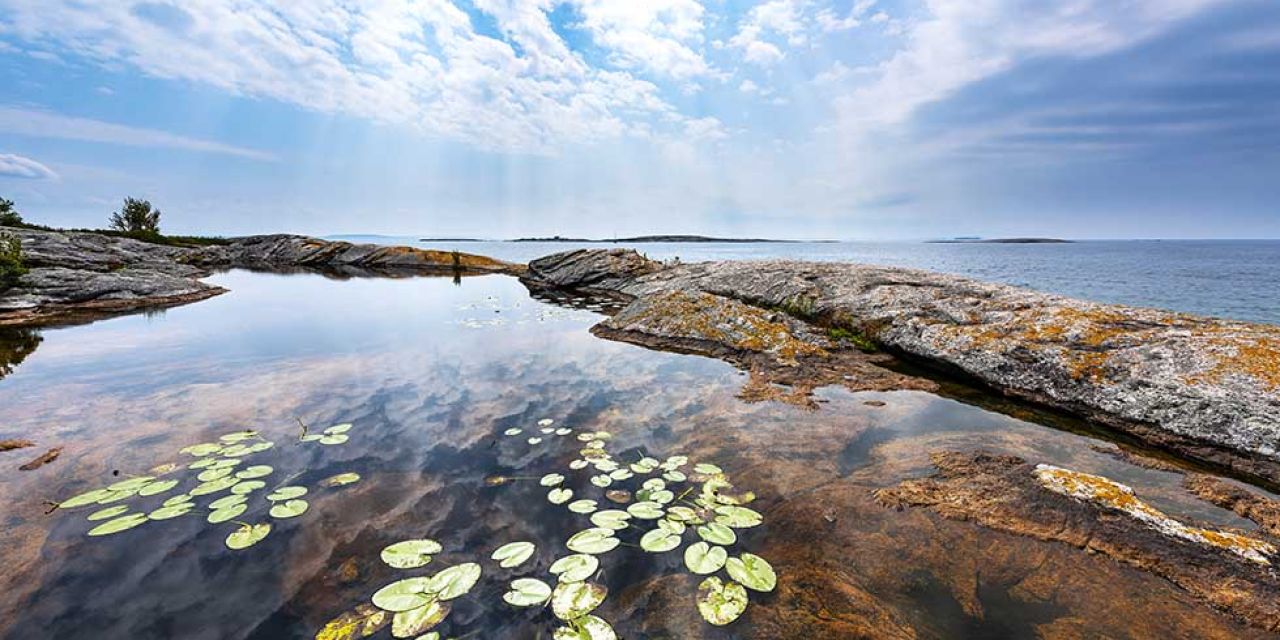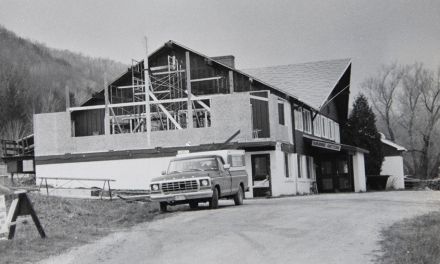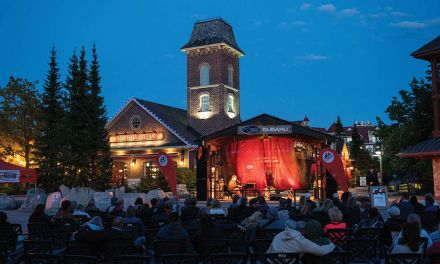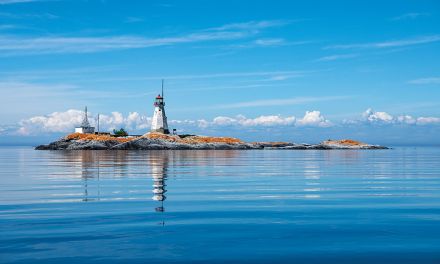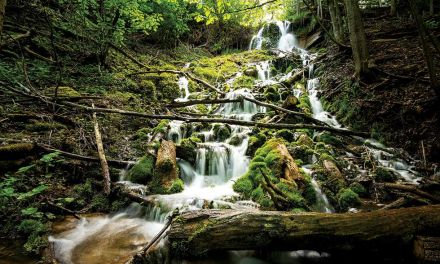Words by Sarah Koetsier photography by Clay Dolan
Georgian Bay is beloved for its open spaces. Water, rocks, and trees that seem to go on forever have provided generations with places to explore, reflect, and be immersed in nature. This area is environmentally significant too; it’s home to 50 species at risk including the highest diversity of reptiles and amphibians in Canada; contains more islands than any other lake in the world; and is recognized by the United Nations for its unique and important ecology.
Thirty years ago, concerns were growing among Georgian Bay residents that this extraordinary environment was at risk of permanent damage. Increasing road development and recreational property expansion, coupled with a lack of regional planning oversight, left little protection for the majority of Georgian Bay’s natural areas outside of a few established parks. Communities needed a way to protect the lands they cared about. Inspired by North America’s growing land trust movement, a dedicated group of volunteers along the eastern Georgian Bay coast came together to form the Georgian Bay Land Trust.
A land trust is a charitable organization whose purpose is to hold and conserve land for public benefit. Through donation, purchase, or conservation easement, land trusts protect and steward significant places for present and future generations of people and wildlife. Land trusts are almost always local in scope, made up of community members with deep knowledge and commitment to the area they represent.
The Georgian Bay Land Trust’s conservation program began with two property donations in its first year; a tiny 0.3 acre island in Nares Inlet donated by Robert Thomson; and Pointe au Baril’s beloved Friend Island, now protected forever as a community picnic destination. Succeeding years brought more acres through the tireless efforts of volunteers and the generosity of environmentally-minded land donors. The Land Trust was also able to respond to community concern when cherished natural spaces were put up for sale. Our first major fundraising drive was launched in 1997 to purchase Sans Souci’s Umbrella Island, and since then we have worked with communities to protect Sandy Island (Sans Souci, 2008), Little McCoy (Pointe au Baril, 2012), Steamboat Channel Reserve (Pointe au Baril, 2016), and Rose Island Nature Reserve (West Carling, 2020).

The Georgian Bay Land Trust is the only organization currently working to conserve more land on eastern Georgian Bay. As of 2021, the Land Trust protects 64 properties, totalling 7,558 acres, stretching from Port Severn to the North Channel. Each of these places represents something unique in the ecology of Georgian Bay. They include old-growth forests, provincially significant wetlands, wave-blasted islands and calm vernal pools. Some welcome birdwatchers and picnickers while others provide overwintering habitat for turtles, gestation sites for massasauga rattlesnakes, and stopover locations for migrating monarchs. Together, they form a network that strengthens our entire ecosystem by maintaining travel corridors and connections for species large and small.
As the Land Trust has grown, so has our commitment to using the land that we steward, to give back to the community and advance conservation. One of the ways in which we can do this is by supporting conservation science—the Georgian Bay Land Trust first welcomed researchers from McMaster University to study the wetlands and fish at the Oldfield Lake Reserve in 2005. Since then, we have collaborated with several universities and environmental organizations studying everything from turtle habitat to bat populations. Most recently, we have become an active partner in the Motus Wildlife Tracking Program, by hosting nine stations that record signals from radio-tagged birds and insects and contribute data to scientific studies around the world. In 2021 we now have local accommodations for visiting scientists which will dramatically expand the possibilities for research on Georgian Bay.
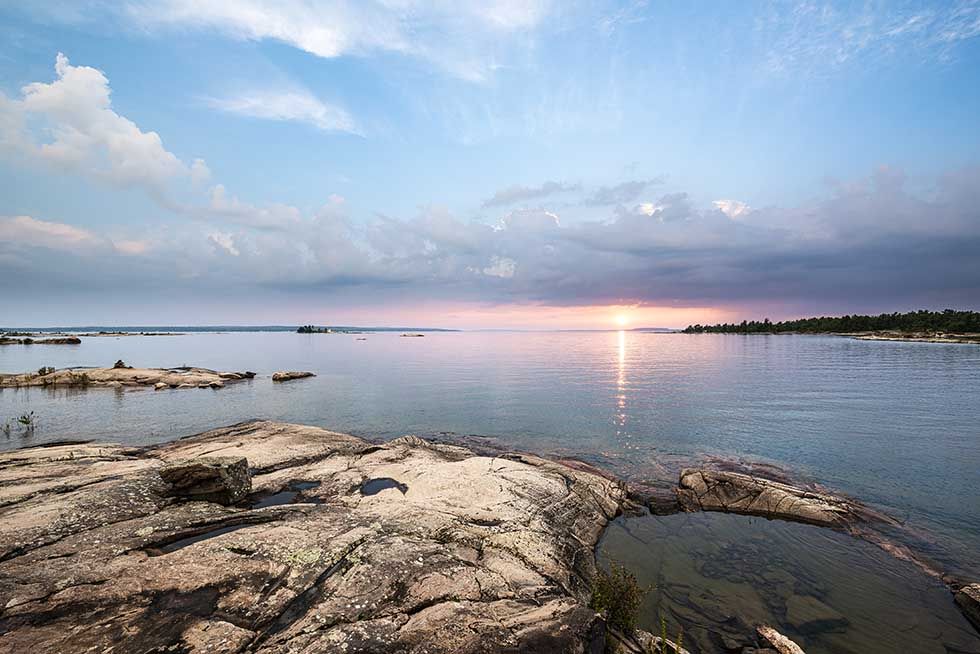
While eastern Georgian Bay remains a sanctuary for many animal species whose populations are severely threatened elsewhere, our network of natural areas is stronger than in many parts of the province and world. Our task for thirty years has been to ensure that it remains this way. Since our early days, the Georgian Bay Land Trust community has grown to include over 1,500 volunteers, donors, partners, and staff with a shared passion for safeguarding Georgian Bay. This work is needed as urgently now as it was when the Georgian Bay Land Trust first began. Thank you to everyone whose vision, passion, and generosity has brought us this far, and to all who will join us in the years to come. We look forward to seeing you on the bay this summer!
For more information visit gblt.org

